Sole Director's Authority And Model Articles Of Association
Sole Director's Authority And Model Articles of Association
Sole Director’s Authority And Model Articles of Association
If you are a regular reader of our blog, you will often see references to a company’s Articles of Association, commonly called ‘Articles’. This is because your company’s Articles are vitally important, as they are the blueprint for how your company is to be run. Along with a Shareholders’ Agreement, Articles are also the chief weapon against expensive, costly disputes.
Since 2022, there has been ongoing uncertainty regarding whether the model Articles allow a sole director to make valid decisions, other than to appoint new directors. In November 2024, the judgment In the matter of KRF Services (UK) Ltd [2024] EWHC 2978 (Ch), appeared to resolve the matter. Before looking at the details of the judgment and those that proceeded it, let’s quickly remind ourselves of the importance of a company’s Articles.
What are Articles of Association?
Articles are one of the constitutional documents of a company. They set out the basic administration of the organisation and how the company will be run internally. For example, they can state how shares will be issued and transferred, how board and shareholder meetings will be conducted, powers and duties of directors, the issuing of dividends, borrowing powers and so on.
Articles are available for anyone to inspect at Companies House.
What are model Articles of Association?
There is a lot to do when setting up a company and it is in the interests of the wider economy to make the process as simple as possible. To this end, Companies House provides model Articles. These are default Articles that apply automatically upon incorporation unless the company chooses to alter them or create their own version.
There are three distinct types of model Articles, and they are used depending on the company’s structure:
- Private company limited by shares
- Private company limited by guarantee
- Public Limited Company
What is contained in model Articles of Association?
The model Articles provide direction on matters including, but not limited to:
- Directors’ powers and duties.
- Share transfers and share certificates.
- Unclaimed distributions.
- Payment of dividends.
- The running of general meetings and board meetings.
What is the issue concerning the authority of sole directors and the model Articles?
For micro and small companies, the model Articles were generally viewed as perfectly adequate. However, in 2022, the High Court threw a cat amongst the pigeons.
In Hashmi v Lorimer-Wing [2022] EWHC 191 (Ch) (also known as Re Fore Fitness Investment Holdings Ltd) the Court was asked to consider the interpretation of model Article 7 (Directors to take decisions collectively) and model Article 11 (Quorum for director’s meetings) and whether a sole director had the authority to act on behalf of a company.
Article 7 provides:
”7(1) The general rule about decision-making by directors is that any decision of the directors must be either a majority decision at a meeting or a decision taken in accordance with article 8.
(2) If – (a) the company only has one director, and (b) no provision of the articles requires it to have more than one director, the general rule does not apply, and the director may take decisions without regard to any of the provisions of the articles relating to directors’ decision-making.”
Article 11 states:
”11(1) At a directors’ meeting, unless a quorum is participating, no proposal is to be voted on, except a proposal to call another meeting.
(2) The quorum for directors’ meetings may be fixed from time to time by a decision of the directors, but it must never be less than two, and unless otherwise fixed it is two.
(3) If the total number of directors for the time being is less than the quorum required, the directors must not take any decision other than a decision – (a) to appoint further directors, or (b) to call a general meeting so as to enable the shareholders to appoint further directors.”
The problem is difficult to spot (which is why we have emphasised it above), which is perhaps why the model Articles were in force for 13 years before the issue reached the Courts. Article 7(2) and Article 11(2) of the model Articles contradict each other.
The Court ruled that because of the contradiction, any decision by a sole director of a company is invalid and void. The only exceptions are decisions to appoint additional directors. Furthermore, the invalidity applies to all past and future decisions.
Following the decision in Hashmi v Lorimer-Wing, the general advice was that companies operating under a sole director should amend model Article 11(2) to allow a sole director to act. The ruling also meant that any past decisions made by a sole director needed to be checked to ensure they were valid in light of the new case law.
As you can imagine, this was all rather impractical because, as we mentioned above, directors are busy people, and many may not have been made aware of the decision and its impact. Fortunately, in 2023, the case of Re Active Wear [2022] EWHC 2340 (Ch), provided some clarity.
The case involved the authority of a sole director to appoint administrators. The Court ruled the decision was valid. It reasoned that when the model Articles were drafted, it could not have been intended that every company with a sole director would amend them so Article 7 (2) could operate. However, it was indicated that where a company with unamended model Articles previously had more than one director, and subsequently operated under a sole director, model Article 11(3) would apply in place of article 7(2). This meant that the only decision the sole director could validly make in such a situation, was to appoint new directors.
Sigh…the path of commercially practical Court decisions never did run smooth.
But, in 2024 the case of In the matter of KRF Services (UK) Ltd appeared to finally settle the issue. Andrew Twigger KC sitting as a Deputy Judge of the High Court, stated that the comments regarding a company that previously had more than one director and was now operating under a sole director were Obiter, (meaning not part of the actual decision), and therefore, not legally binding.
The decision in KRF Services means that a sole director can take all the decisions in a company and what they decide will be valid, regardless of whether they were always the sole director or previously worked with co-directors.
What this all means for you
Did you notice how we said KRF Services “appeared to settle the issue once and for all”. It is important to note that the facts in this case were not contentious. A different factual scenario may lead to an alternative decision. The case was also decided in the High Court, which means a contrary decision in a superior court, such as the Court of Appeal or Supreme Court could overturn it. Therefore, if you are setting up a new company, it is a worthwhile investment to have a legal professional check the model Articles (if you are using them), to ensure they meet the needs of your organisation. For example, if there is a dispute between shareholders and directors, do the company’s Articles provide for non-Court dispute resolution methods? Established companies can mitigate the risk of sole director’s decisions being contested by modifying the company’s Articles to make it clear that a sole director’s decisions are fully valid, regardless of how many directors operated in the past.
To find out more about how our Virtual In-House Legal Counsel can assist you with risk management policies and procedures, please email us at please email us at info@43legal.com or phone 0121 249 2400.
The content of this article is for general information only. It is not, and should not be taken as, legal advice. If you require any further information in relation to this article, please contact 43Legal.











